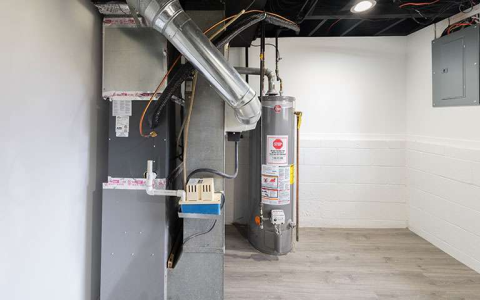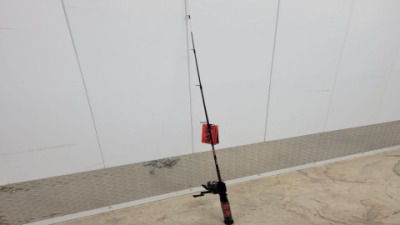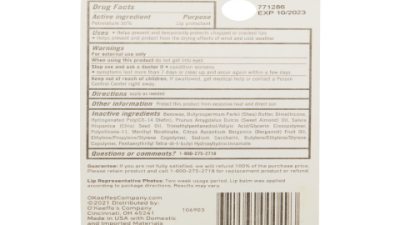If you’ve been thinking about upgrading your home’s heating and cooling system, you’ve probably come across water furnaces—or as many call them, geothermal heat pumps. They sound pretty fancy, right? Using the earth’s natural temperature to keep your home cozy in winter and cool in summer. It’s a neat idea, and honestly, it’s one of the most energy-efficient systems out there. But, like anything, the reality can be a bit more complicated than the sales pitch.
Let’s be real—these systems aren’t cheap to install. You’re looking at a few thousand dollars upfront, sometimes more, depending on your home size and the complexity of the installation. But the promise is that you’ll save a lot on your energy bills in the long run. And that’s true, if everything goes smoothly. The earth’s temperature stays pretty stable below the surface, so these systems tap into that steady heat source rather than burning fuel or cranking up electricity like traditional furnaces.
WaterFurnace is one of the big names in this space. They’ve been around since the ’80s and have built a reputation for pushing geothermal tech forward. But if you dig into user reviews, you’ll find a mixed bag. Some folks swear by their WaterFurnace systems, while others have had a rough ride with breakdowns and pricey repairs. On average, customer ratings hover around 2. stars out of 5, which definitely raises some eyebrows.
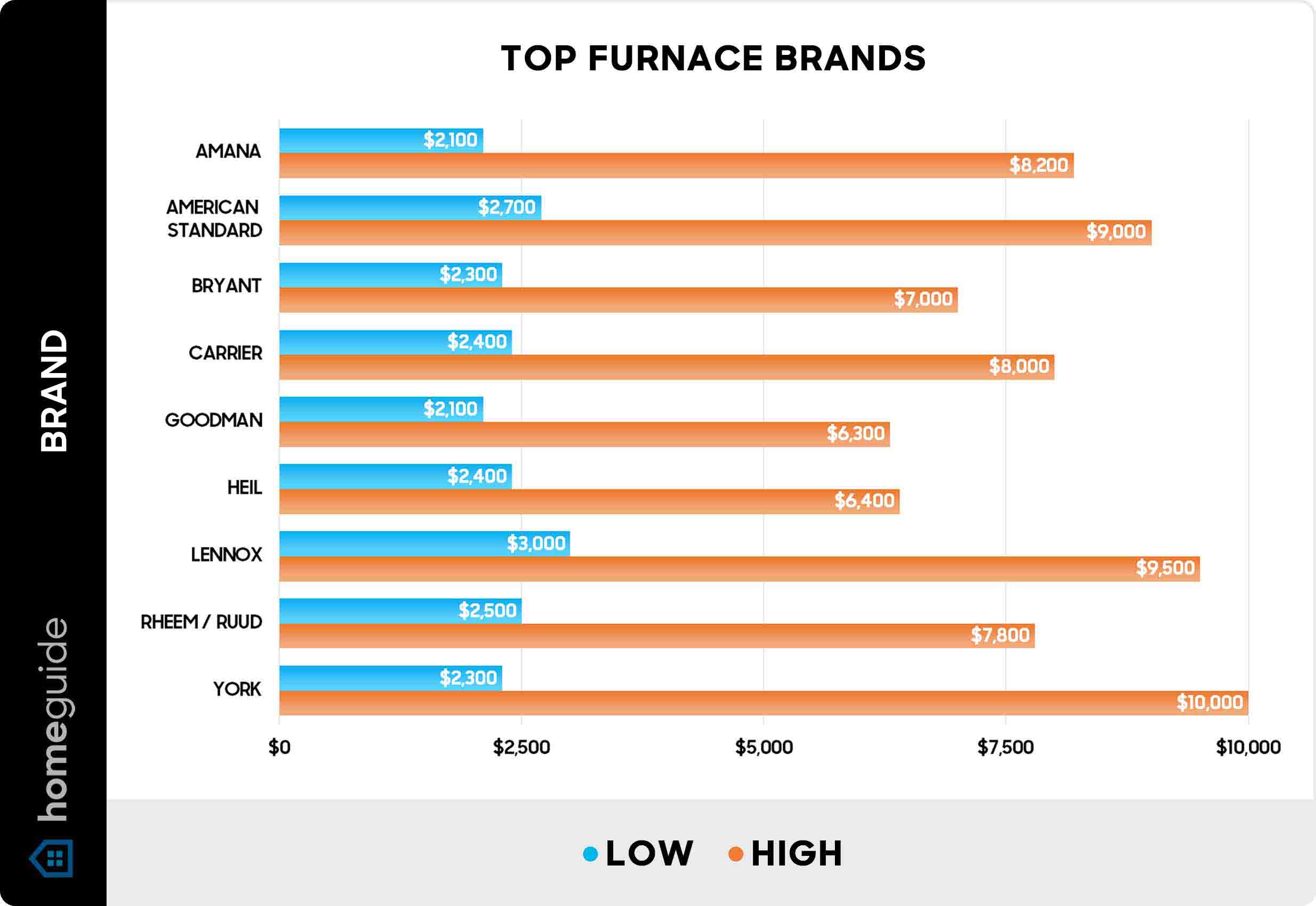
So what’s going on? Why such a split? Well, here’s the gist:
On the plus side, when these systems work right, they really deliver on energy savings. Some users say their electricity bills dropped noticeably. Plus, WaterFurnace has been rolling out newer models with smart controls and quieter operation, which is a nice touch. And when you do have a problem, some customers report that the company tries to help, though that’s not always consistent.
But then there are the downsides. A lot of people complain about frequent breakdowns, especially with compressors and coils. Repairs can get expensive—sometimes more than you’d expect, and that’s frustrating when you’ve already shelled out a lot for installation. Customer service can be hit or miss, and if your installer doesn’t do a great job setting up the ground loops (those underground pipes that make the system work), you might end up with a unit that struggles to heat or cool properly.
Speaking of models, here’s a quick look at some popular WaterFurnace options in 2025:
-
The Series is pretty popular, with variable speed inverter tech that helps keep things quiet and efficient. It’s got a COP (that’s a fancy efficiency rating) up to 5.2, which is solid. Prices usually range from $8, to $12,000.
-
The Series is a step up, with smart Wi-Fi controls and a COP up to 5.5. It’s a bit pricier, around $10, to $15,000, but it offers more features and better efficiency.
-
The Series is the more basic option, with a COP around 4.0. It’s cheaper upfront ($6, to $9,000), but some users find it less reliable and less efficient.
Now, I’ve read stories from people who’ve lived with these systems for years. One guy in Texas had a WaterFurnace running for two decades but faced repeated compressor failures and costly repairs. He also mentioned the ground loop wasn’t sized right, which caused overheating. After all that, he switched to a different system altogether. On the flip side, there are happy customers who’ve had their units running smoothly for nearly ten years with minimal fuss.
Installation really matters here. If your installer doesn’t get the ground loop right—too shallow or too short—you’ll feel it in your home’s temperature and your wallet. Some users have had to call in ductwork experts or make major adjustments just to get decent performance.
If you’re on the fence, here’s what I’d suggest you think about:
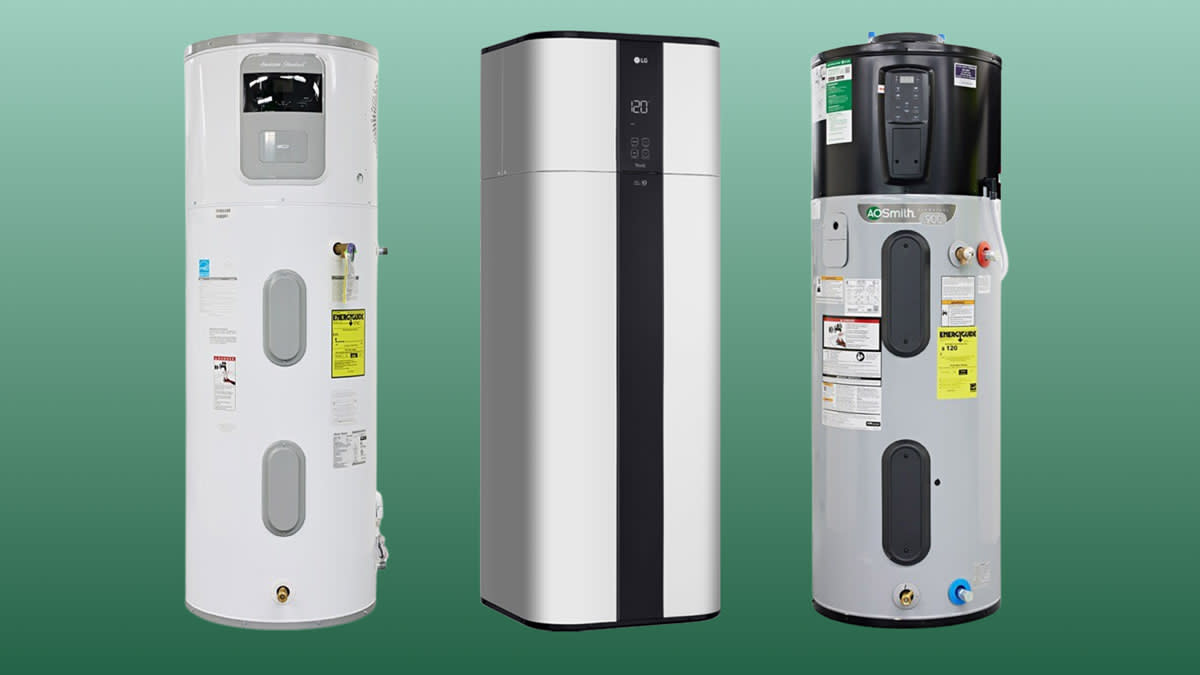
-
How big is your home? Make sure the system matches your heating and cooling needs.
-
Check the loop design carefully. It’s not just about the furnace; the underground pipes are a huge part of the system’s success.
-
Look for high-efficiency ratings (COP and ENERGY STAR labels are good indicators).
-
Find installers with solid reputations. Don’t just pick the cheapest option.
-
Understand the warranty and what kind of customer support you can expect.
If WaterFurnace doesn’t feel like the right fit—maybe because of price or reviews—there are alternatives. Air source heat pumps are cheaper and easier to install but don’t perform as well in extreme cold. Traditional high-efficiency furnaces cost less upfront but won’t save you as much on energy. Other geothermal brands like ClimateMaster or Bosch might offer different features or pricing that suit your needs better. Some folks even opt for hybrid systems that combine heat pumps and furnaces for the best of both worlds.
One thing’s clear: geothermal systems, including WaterFurnace, can slash your energy bills and shrink your carbon footprint. The U.S. Department of Energy estimates you could save anywhere from $ to $1, a year, depending on where you live and how you use your system.
Before you jump in, here are some common questions people ask:
-
How long do these systems last? Usually, the indoor unit runs 20- years, and the underground loops can last over years if cared for properly.
-
Is installation expensive? Yes, it can be pricey upfront, often $8, or more, but that’s the trade-off for long-term savings.
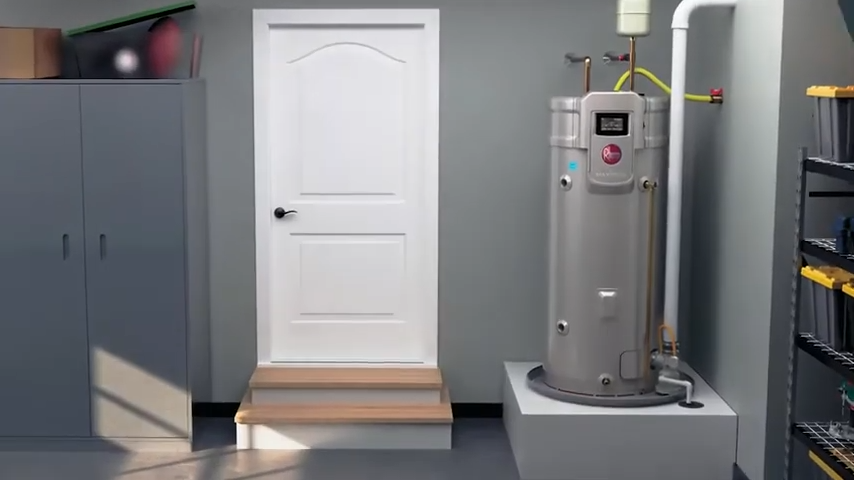
-
What kind of maintenance do they need? Annual check-ups, fluid checks in the loops, and occasional part replacements keep things running smoothly.
-
Do they work well in really cold places? They can, but only if the system is sized and installed correctly.
-
How do they compare to air source heat pumps? Geothermal systems are generally more efficient and stable year-round but cost more to install.
So, should you go for a WaterFurnace system? If you’re committed to lowering your energy use and have access to good installers, the newer or Series models could be a great choice. But if you’re worried about repair costs or service headaches, it’s worth shopping around or considering other options.
Here’s a quick rundown of the good and the not-so-good:
Pros:
-
Great energy efficiency (COP up to 5.5)
-
Environmentally friendly
-
Long-lasting underground loops
-
Advanced inverter tech for quieter operation
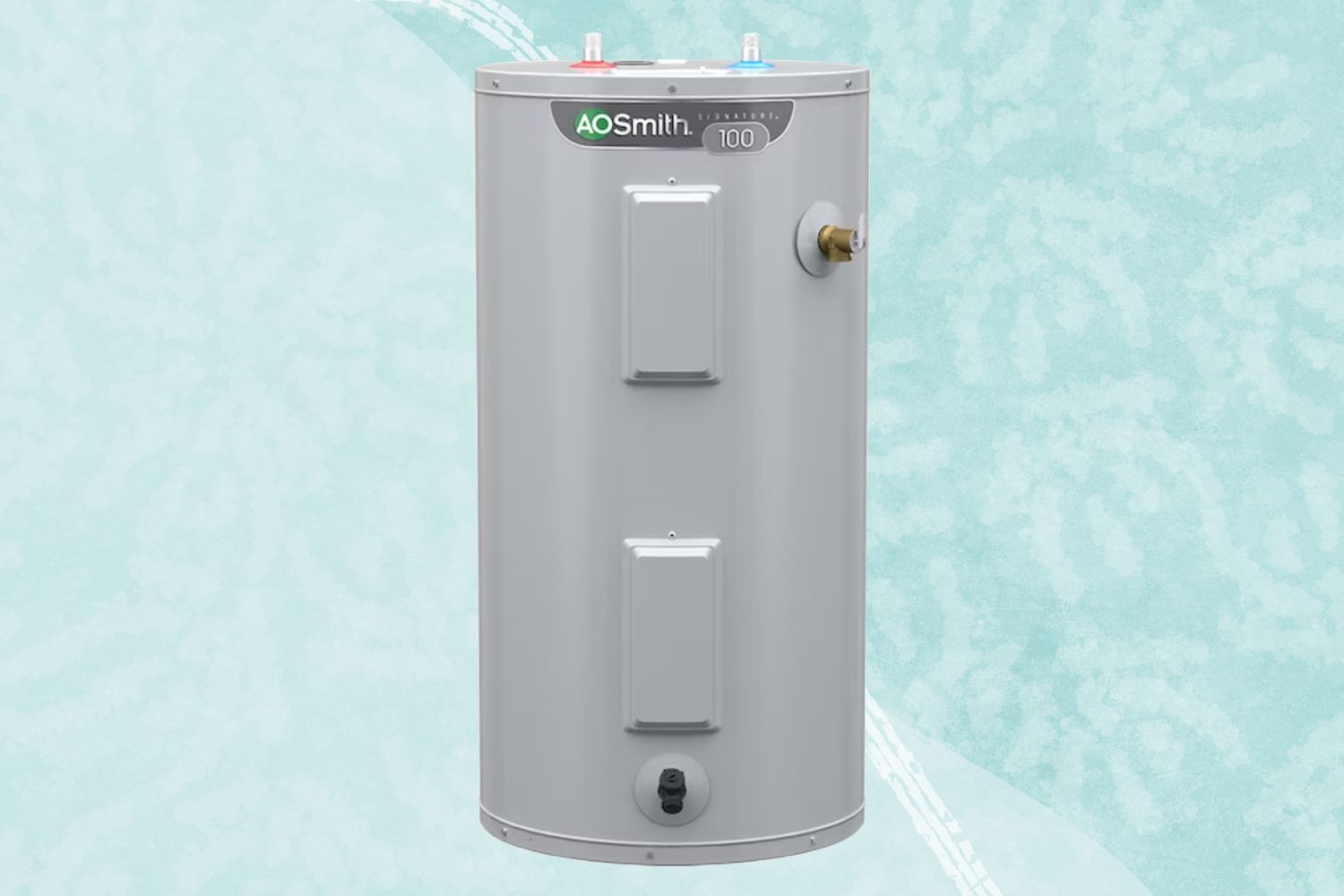
Cons:
-
High upfront and repair costs
-
Mixed customer service experiences
-
Installation can be tricky
-
Some models have mechanical issues
At the end of the day, geothermal heat pumps like WaterFurnace offer a lot of promise, but they’re not a perfect fit for everyone. Do your homework, talk to pros, and weigh the pros and cons carefully. That way, you’ll find the best heating and cooling solution for your home in and beyond.
